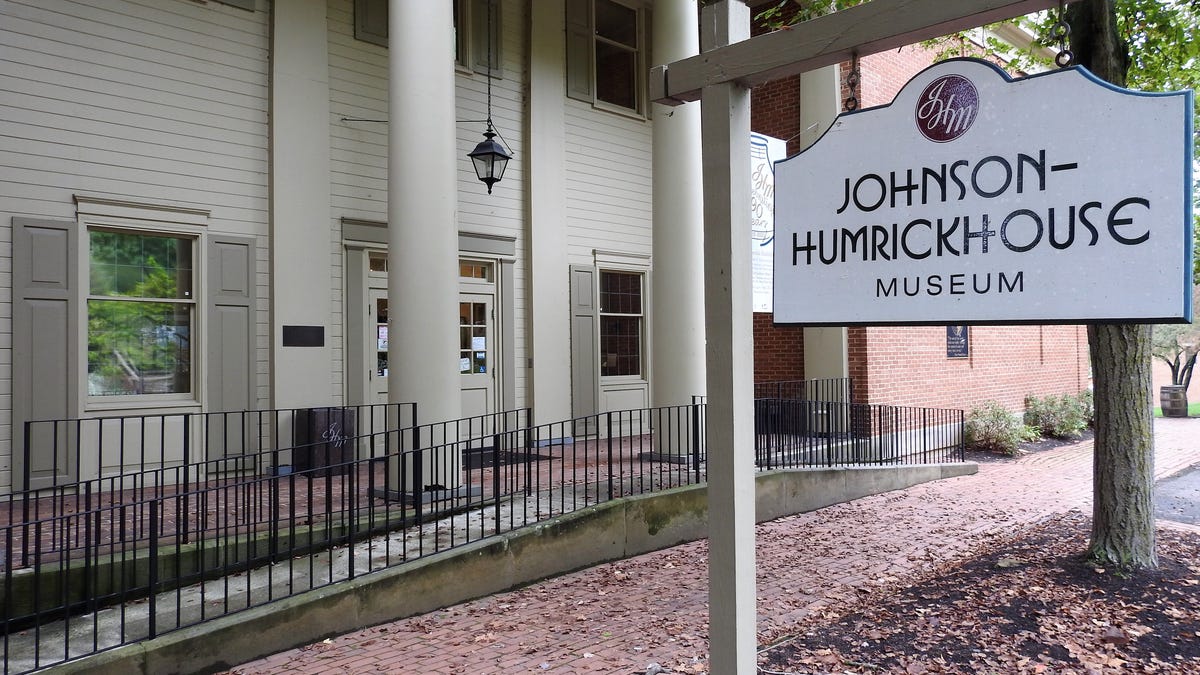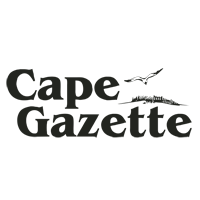For about 14 years now, several Shawnee Public Schools students representing various Native American tribes have competed and performed in the Spirit Wolf Dance Troupe, expressing their love of dance and their culture.
According to SPS Indian Education Coordinator Graham Primeaux, the dance troupe is composed of a group of students who perform at SPS school sites and in the Shawnee community.
“When schools need some cultural education, we use our own Native American students who dance to go out into the district to share their cultural, heritage and traditions,” Primeaux said.
He explained students of multiple ages in the district participate in the dance troupe and each presentation is different.
“We have anywhere from six to 18 students that we have in our district that do dance,” he said. “There are no auditions; we just know a lot of the students’ families.”
He explained about 30 percent of SPS students are Native American students and 41 different tribes are represented by those students.
About 13 different tribes are represented by the students on the dance troupe.
Those tribes include the Kickapoo Tribe, Absentee Shawnee Tribe, Sac and Fox Nation, Delaware Tribe, Navajo Nation, Ponca Nation, Osage Nation, Otoe-Missouria Tribe, Pawnee Nation, Choctaw Nation, Comanche Nation, Caddo Nation, Cheyenne and Arapaho Tribes.
Primeaux explained the troupe is beneficial to students because it gives them the opportunity to share their heritage and be confident in who they are.
“Our dancers are building on their own identity and are able to participate in their own cultural teachings and traditions through dance,” he said. “So when we go out into the schools we’re able to use our own students to teach and educate non Natives about the culture, heritage and traditions of our Indian people.”
More: Shawnee Middle School students participate in Shawnee Shops Market
For Shawnee High School junior Makiah Tilley,…


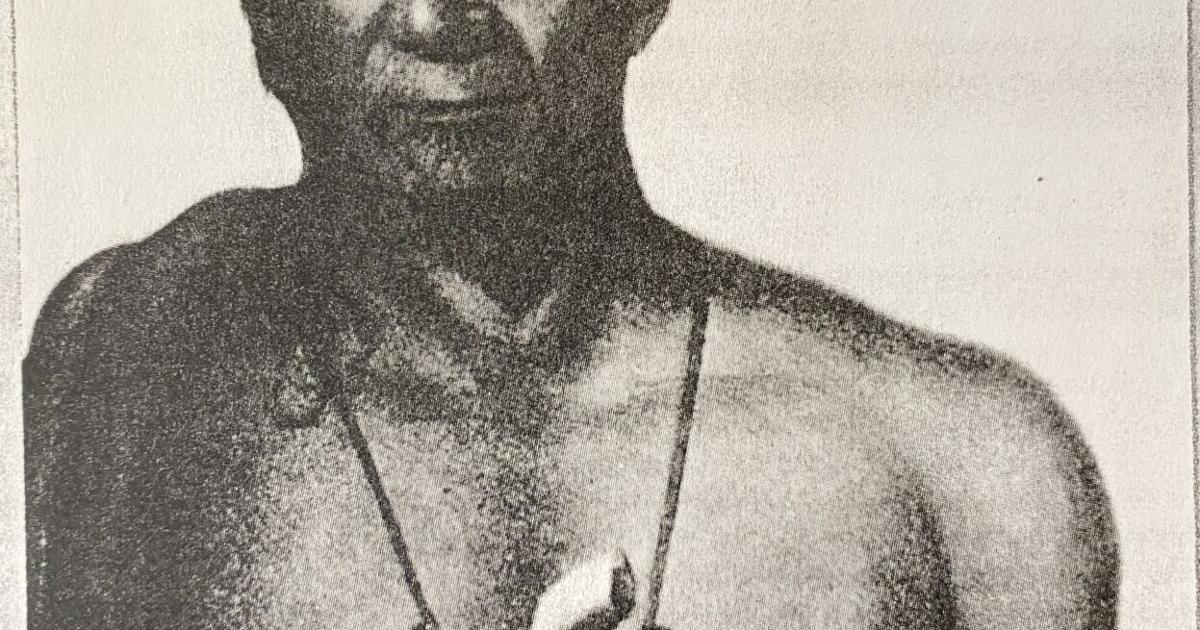
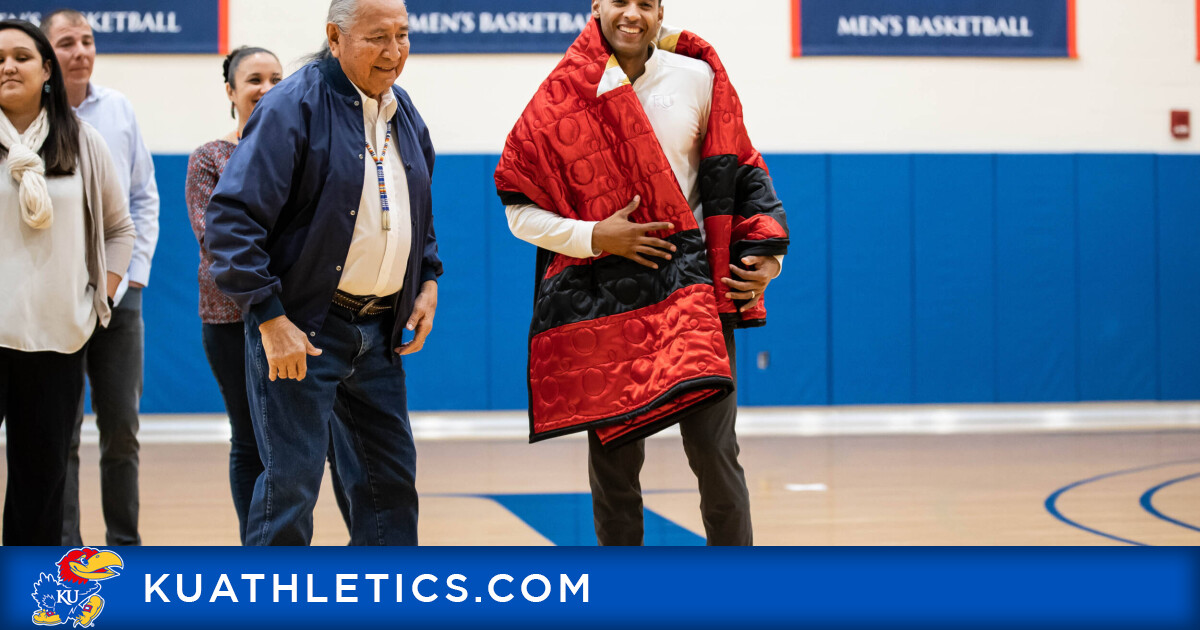
 Three young Native women dream of making positive changes in Indian County in the future. Courtesy of Lisa Long
Three young Native women dream of making positive changes in Indian County in the future. Courtesy of Lisa Long 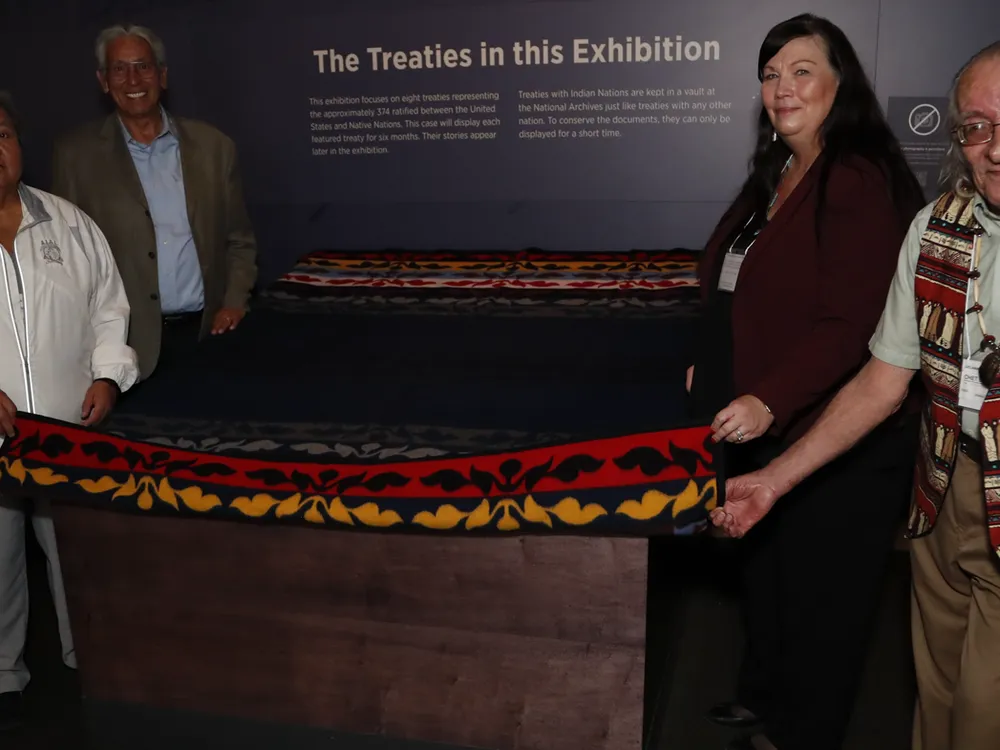 Delaware leaders prepare to unveil the 1778 Treaty of Fort Pitt, for view at the National Museum of the American Indian in Washington, D.C. From left to right: Denise Stonefish, chief of the Delaware Nation at Moraviantown; former museum director Kevin Gover; Chester “Chet” Brooks, chief of the Delaware Tribe of Indians; and Deborah Dotson, president of the Delaware Nation. May 10, 2018, Washington, D.C. Paul Morigi/AP Images for the Smithsonian’s National Museum of the American Indian
Delaware leaders prepare to unveil the 1778 Treaty of Fort Pitt, for view at the National Museum of the American Indian in Washington, D.C. From left to right: Denise Stonefish, chief of the Delaware Nation at Moraviantown; former museum director Kevin Gover; Chester “Chet” Brooks, chief of the Delaware Tribe of Indians; and Deborah Dotson, president of the Delaware Nation. May 10, 2018, Washington, D.C. Paul Morigi/AP Images for the Smithsonian’s National Museum of the American Indian 